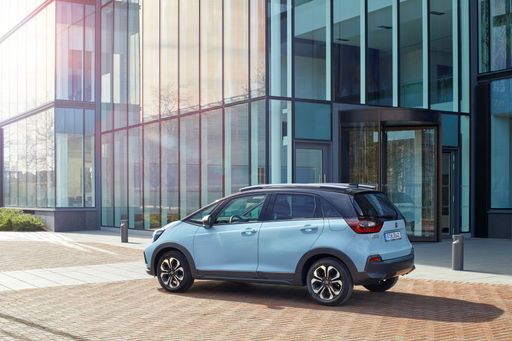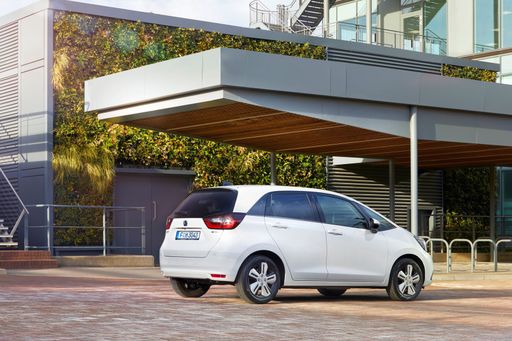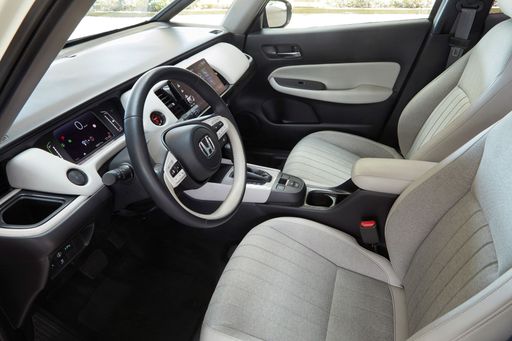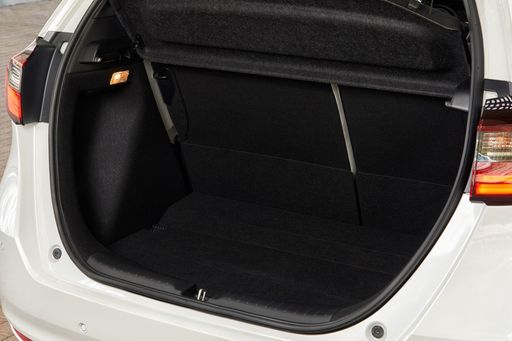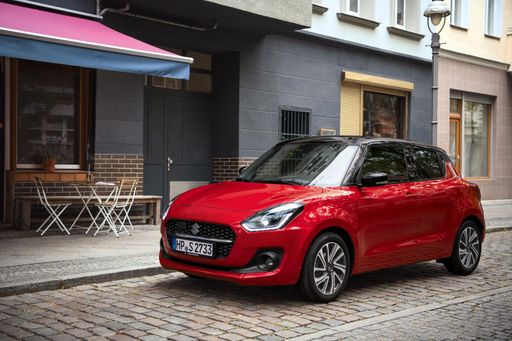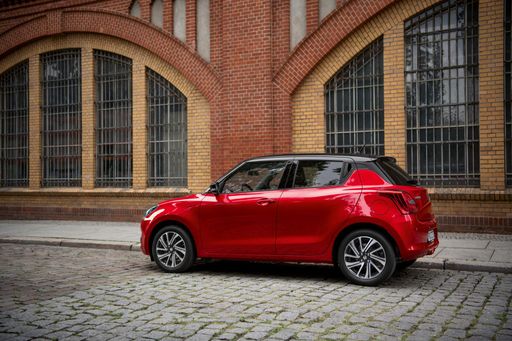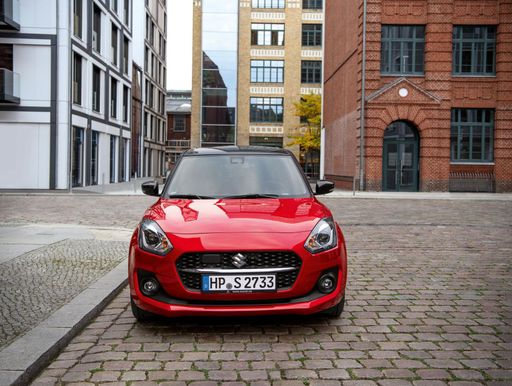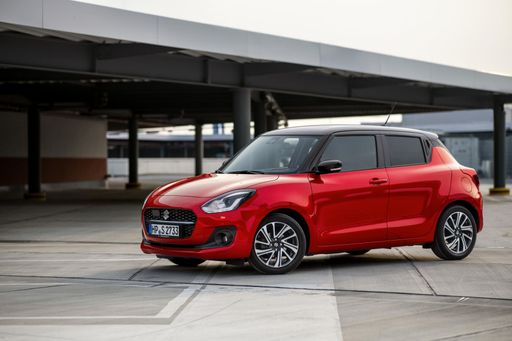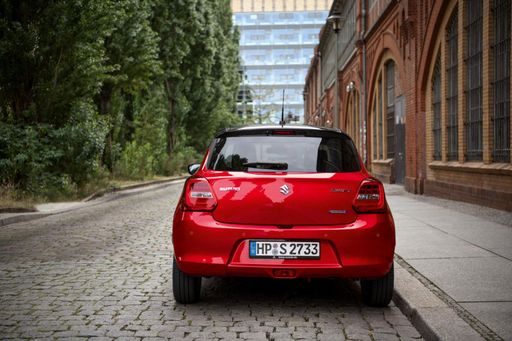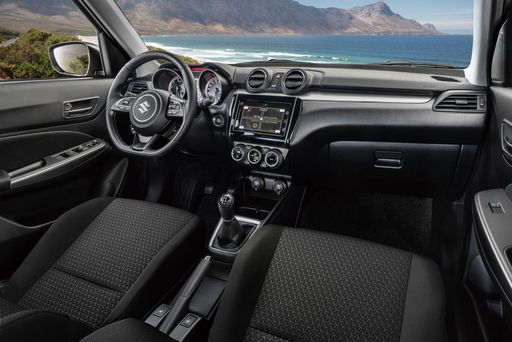Honda Jazz vs. Suzuki Swift: The Hatchback Showdown
In the bustling world of compact hatchbacks, two notable contenders surface: the Honda Jazz and the Suzuki Swift. Both models promise a blend of practicality, efficiency, and fun behind the wheel, but how do they truly compare? We delve into the technical aspects, innovations, and unique attributes of these vehicles to help you make an informed choice.


